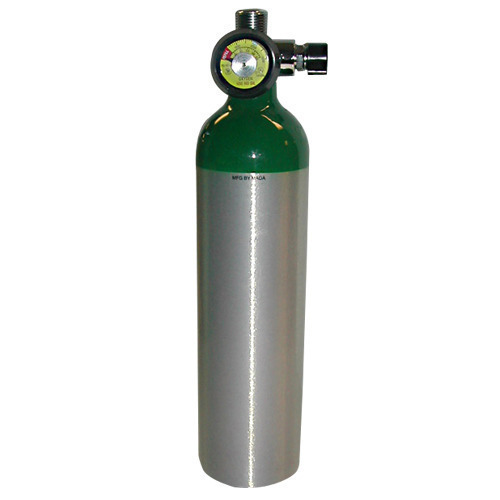
Anaerobic digestion of organic material in an oxygen-free environment results in the production of biogas, a mixture of methane, CO2, and trace amounts of other gasses. Depending on the kind of feedstock and the method of production, biogas can have various compositions. The evolution of biogas has been unequal worldwide since it is dependent on policies that promote its production and use, as well as the availability of feedstocks.
Currently, 10% of the world’s primary energy demand is met by bioenergy. It can be consumed in solid, liquid, or gaseous form, with solid biomass accounting for about 90% of all current bioenergy usage. Modern biomass depends on more sophisticated technologies, particularly in producing power and industrial applications. Utilizing cutting-edge technologies, liquid and gaseous bioenergy are produced to store in bio gas cylinders. The biogas cylinders help in transportation and storage of the gas, and thus it helps to make better and more use of Bio Gas.
Around 7% of the world’s current demand for bioenergy comes from liquid biofuels. The primary renewable energy source used directly in the transportation industry is biofuels, which in 2018 consumed 90 Mtoe, or roughly 2 million barrels of oil equivalent, daily. Bioethanol, typically combined with gasoline, makes up around 70% of the biofuels used today; biodiesel makes up most of the rest.
Currently, the combined demand for biogas and biomethane is less than 3%, and their fraction of total primary energy is even lower at 0.3%. However, there are reasons to think that these low-carbon gasses might establish themselves more firmly in the future.
They can deliver natural gas’s system advantages—storage, flexibility, and high-temperature heat—without producing net carbon emissions. This becomes an essential quality as economies stress to decarbonize.
In addition to serving as a beneficial cooking fuel for poor nations, biogas offers a steady supply of heat and power that can benefit communities looking for local, decentralized energy sources.
Methane, a strong greenhouse gas that would otherwise be released into the environment as a result of the decomposition of organic waste and byproducts, is processed and used instead, which increases the effect of GHG reduction.
Waste management can benefit from biogas and biomethane, increasing total resource efficiency.
Biogas and biomethane also contribute to energy security, where they replace long-distance imported or transported gas.
Additional non-energy factors include:
- Nutrient recycling.
- The establishment of rural jobs.
- A reduction in time spent gathering firewood in low-income areas.
The energy and agricultural sectors can collaborate to produce biogas and biomethane on a large scale.
Biogas and biomethane are excellent examples of circular economy products since they convert various organic wastes into higher-value goods.
The right policies can help unlock these advantages, but much will rely on how much and expensive biogas and biomethane are now offered.